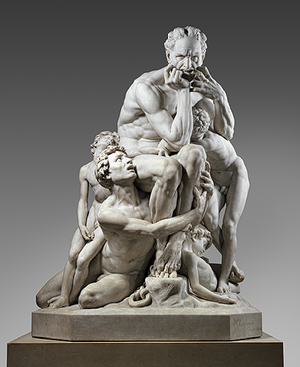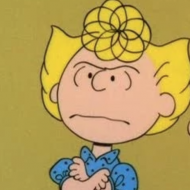 On September 2, 2001, I arrived in Rome for a semester abroad. My pensione’s lone TV didn’t get any English stations, and my Italian wasn’t good enough for me to make sense of the newspapers. As a result, I spent most of that fall in a state of hyper self-awareness, intuiting the season’s events in a way that left me both raw and charged. I didn’t think about things so much as feel them.
On September 2, 2001, I arrived in Rome for a semester abroad. My pensione’s lone TV didn’t get any English stations, and my Italian wasn’t good enough for me to make sense of the newspapers. As a result, I spent most of that fall in a state of hyper self-awareness, intuiting the season’s events in a way that left me both raw and charged. I didn’t think about things so much as feel them.
My professors, classicists to the core, reacted to 9/11 and the anthrax mailings by telling us to get out our sketchpads and draw the Pantheon’s columns. In October, however, we got a break from the ancient world and began a unit on Dante. We read the entire Divine Comedy but focused mainly on the Inferno, which now seemed important in a way that terrified me. I sat in a beam of sunlight in the library of the pensione, the illuminated dust around me like lazy confetti, and read:
I saw them all fall one by one, as the fifth and sixth day passed. And I, by then gone blind, groped over their dead bodies. Though they were dead, two days I called their names. Then hunger proved more powerful than grief.
This is the story of Count Ugolino, who was locked away with his sons and left for dead by his archenemy, Archbishop Ruggieri. Ugolino ultimately resorts to cannibalizing his children before he dies; in hell, he’s condemned to forever gnaw at Ruggieri’s head. My professor delighted in hell in a way that suggested she’d not really experienced life, and when I read that passage, I knew that tragedy and horror are things that know no age and bind us all.
In the Metropolitan Museum of Art is a statue called “Ugolino and His Sons,” by Jean-Baptiste Carpeaux. Ugolino sits twisted upon himself, tortured by his children’s pleas to use their bodies as food. The Met is holding a contest right now, asking its patrons to photograph a detail of a work that they think is particularly meaningful or poignant. In all the museum, there’s nothing I find as moving, or as terrible, as the beautiful face of the dead boy at Ugolino’s feet.
(Image: The Metropolitan Museum of Art)
